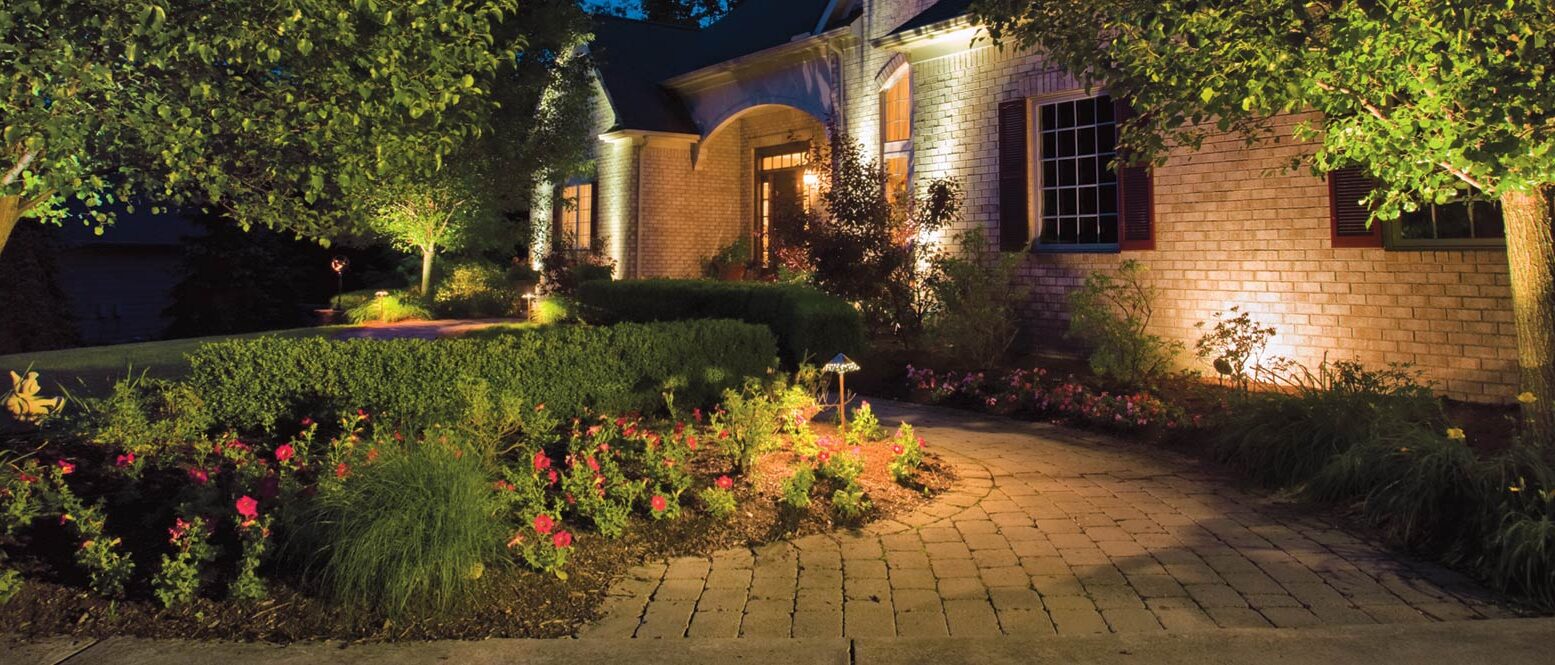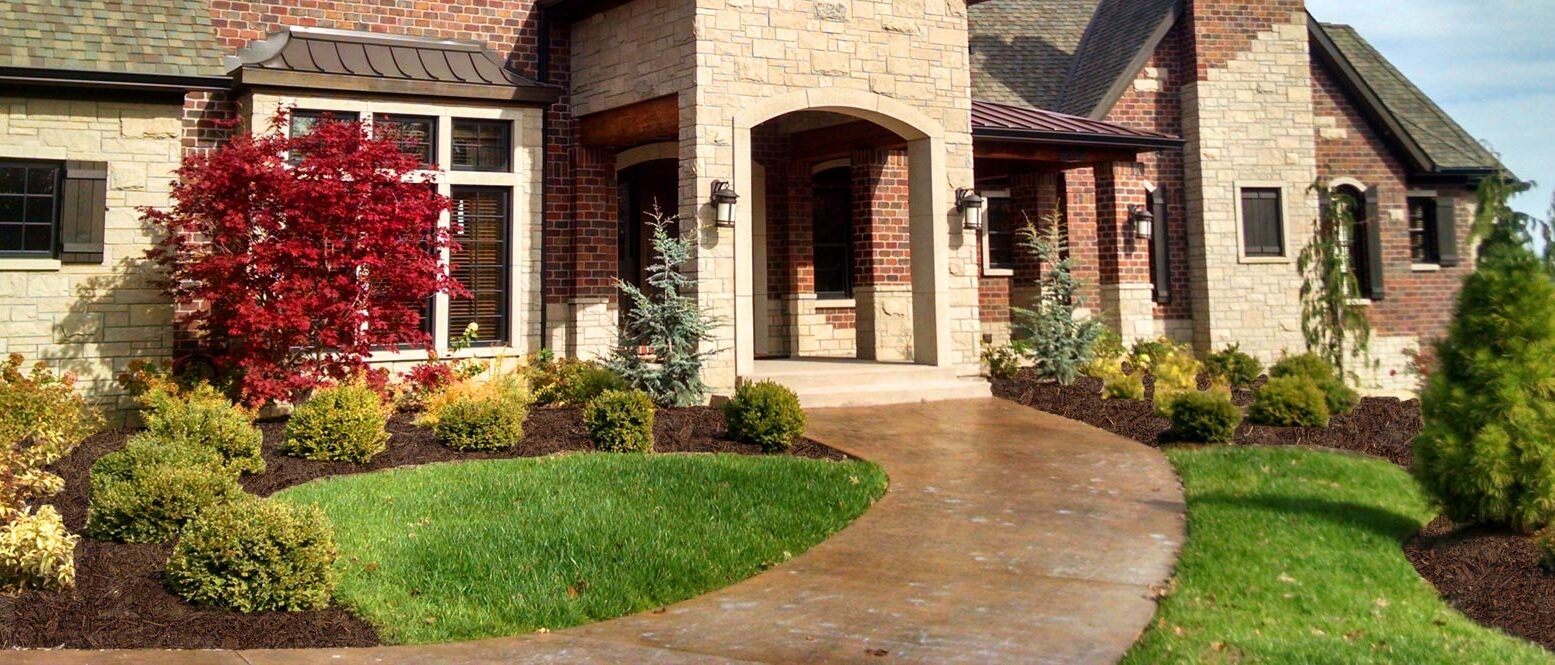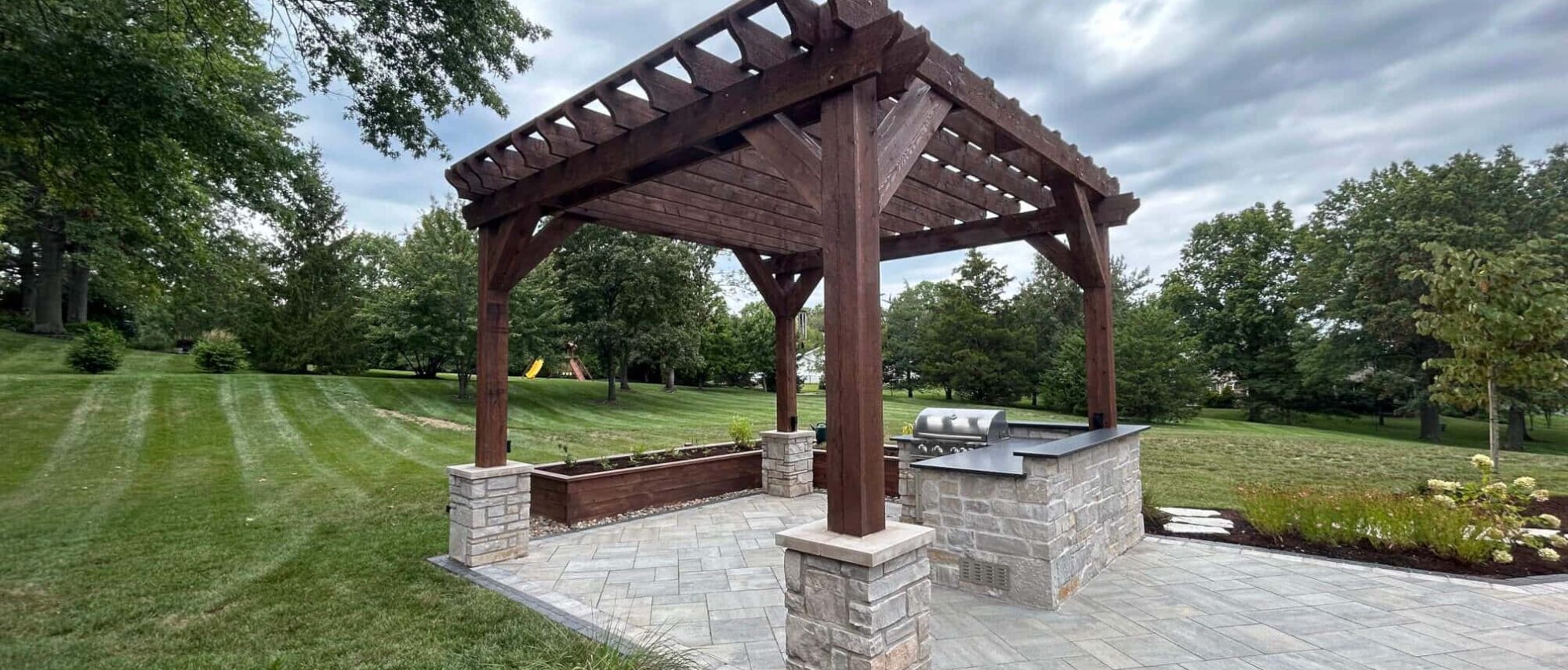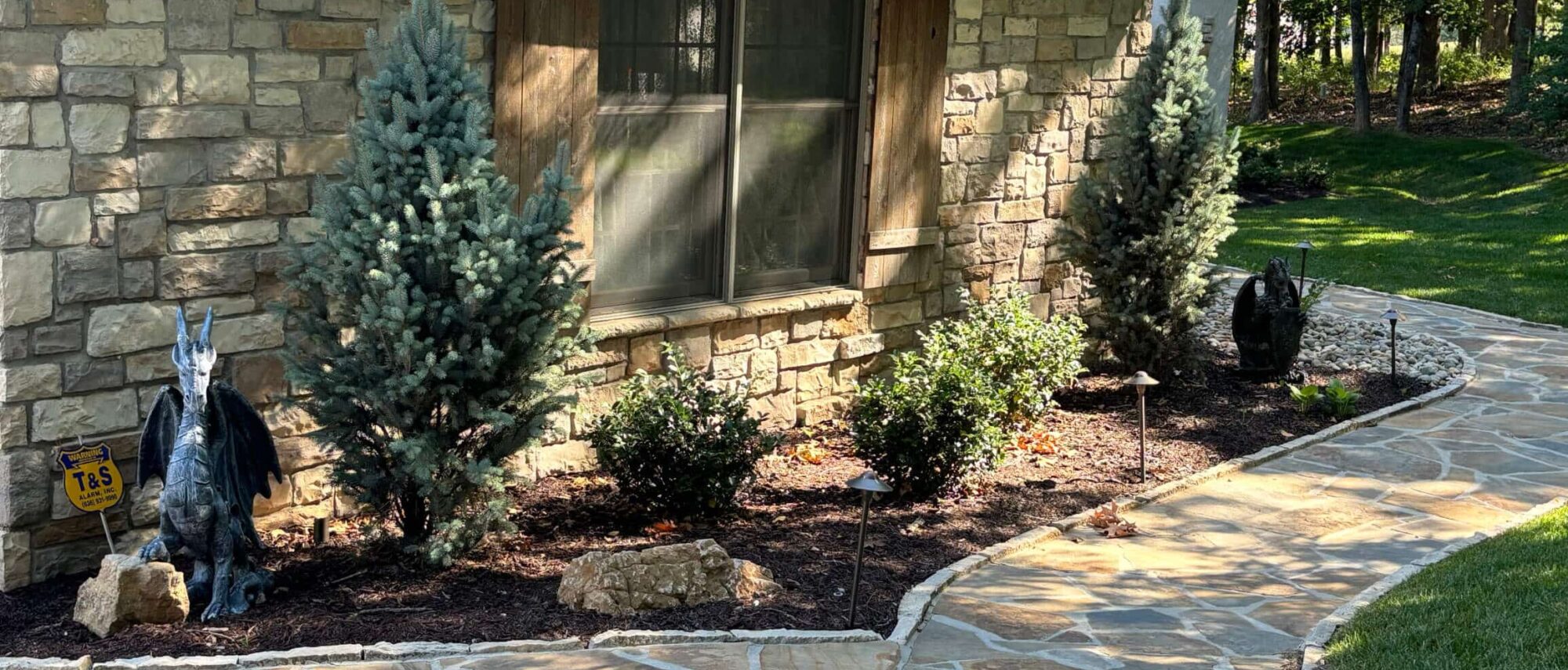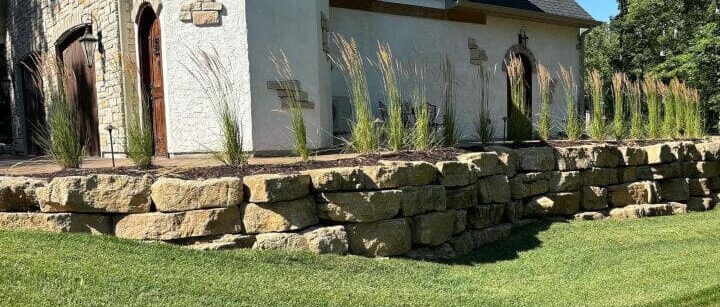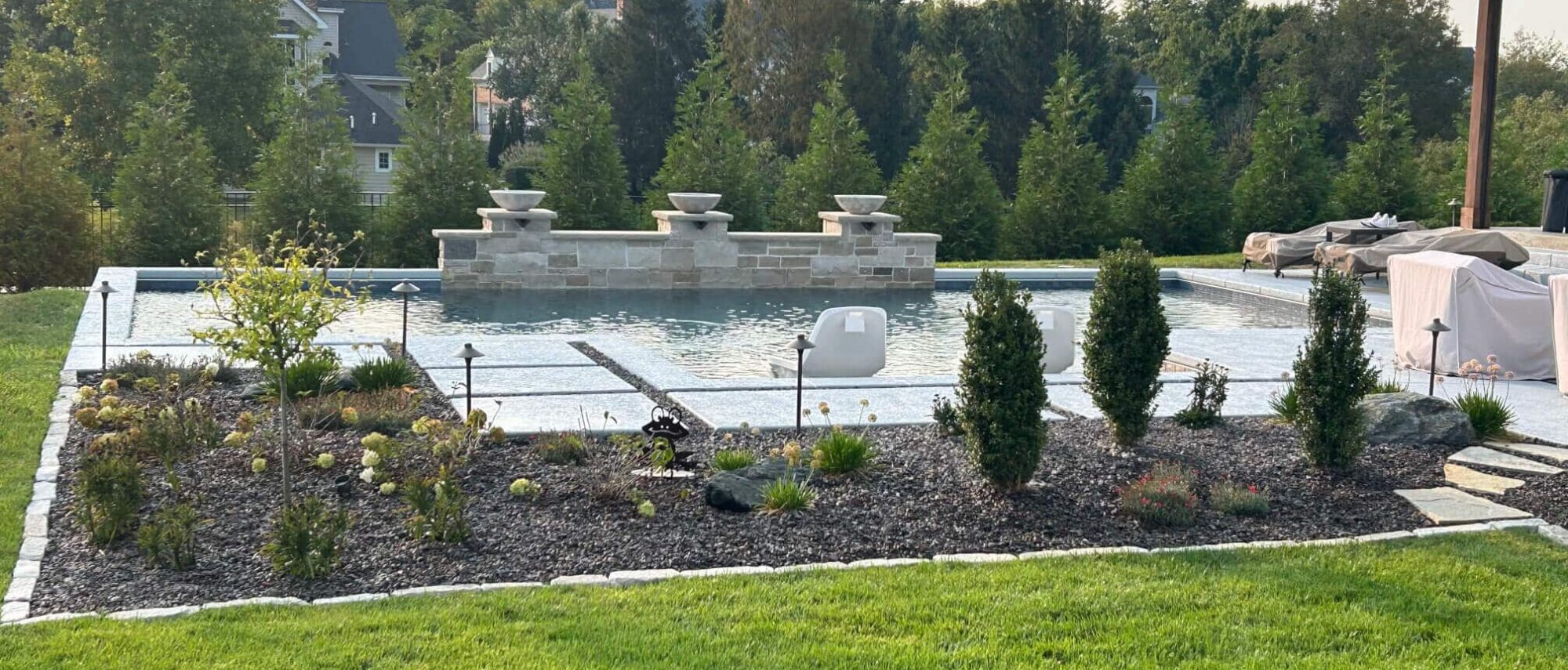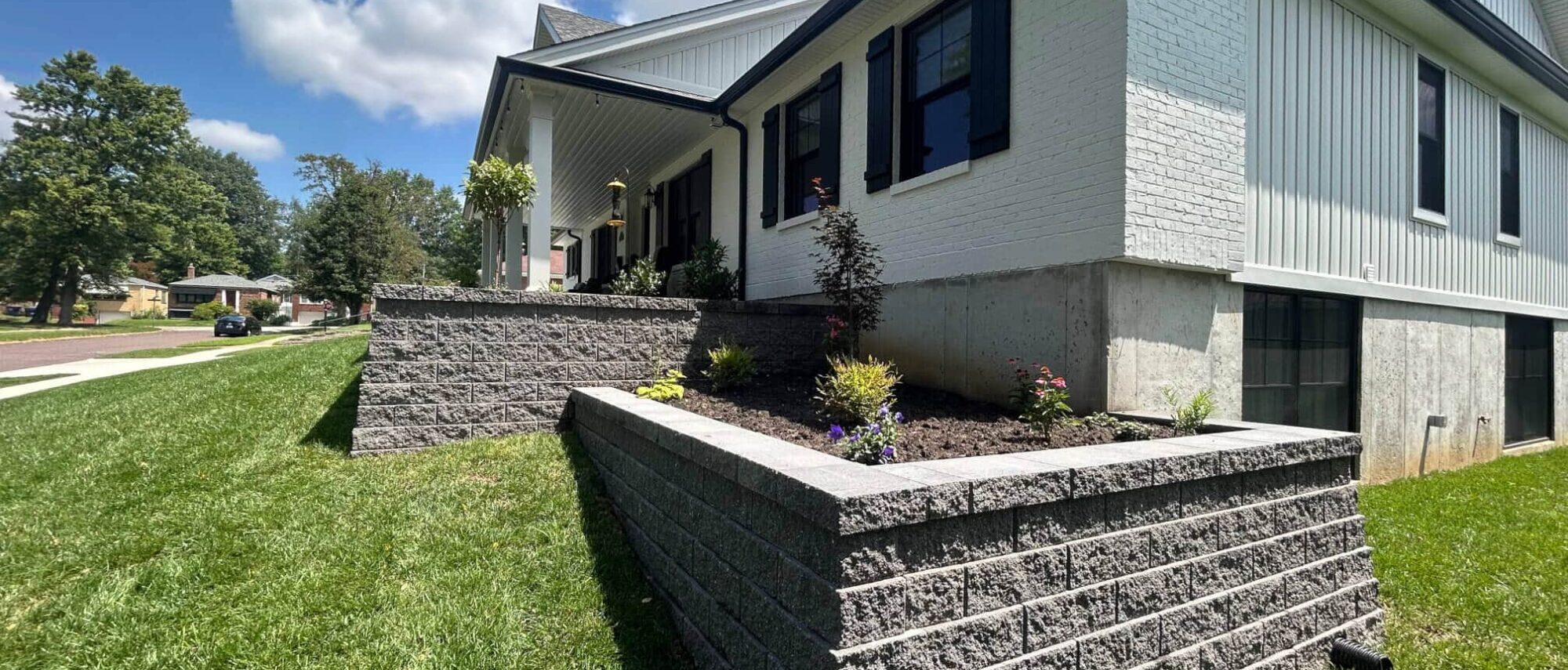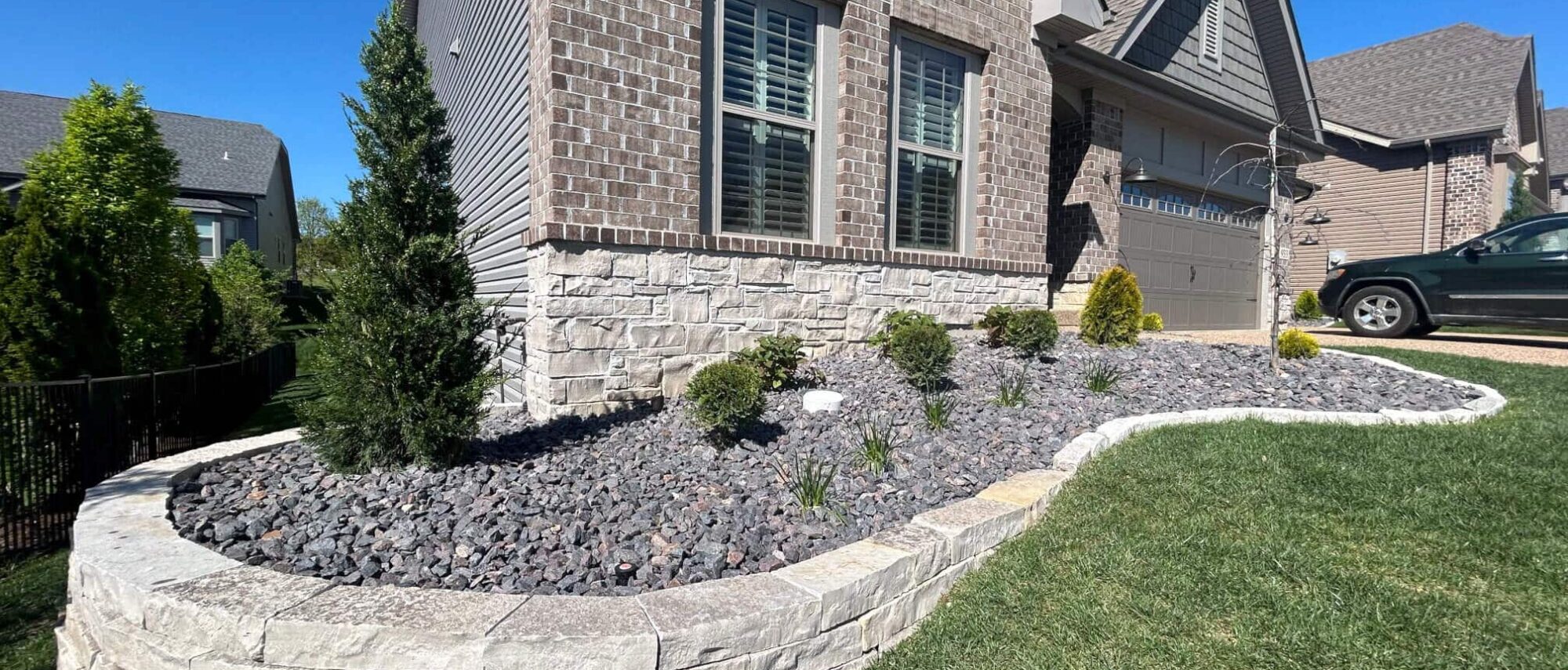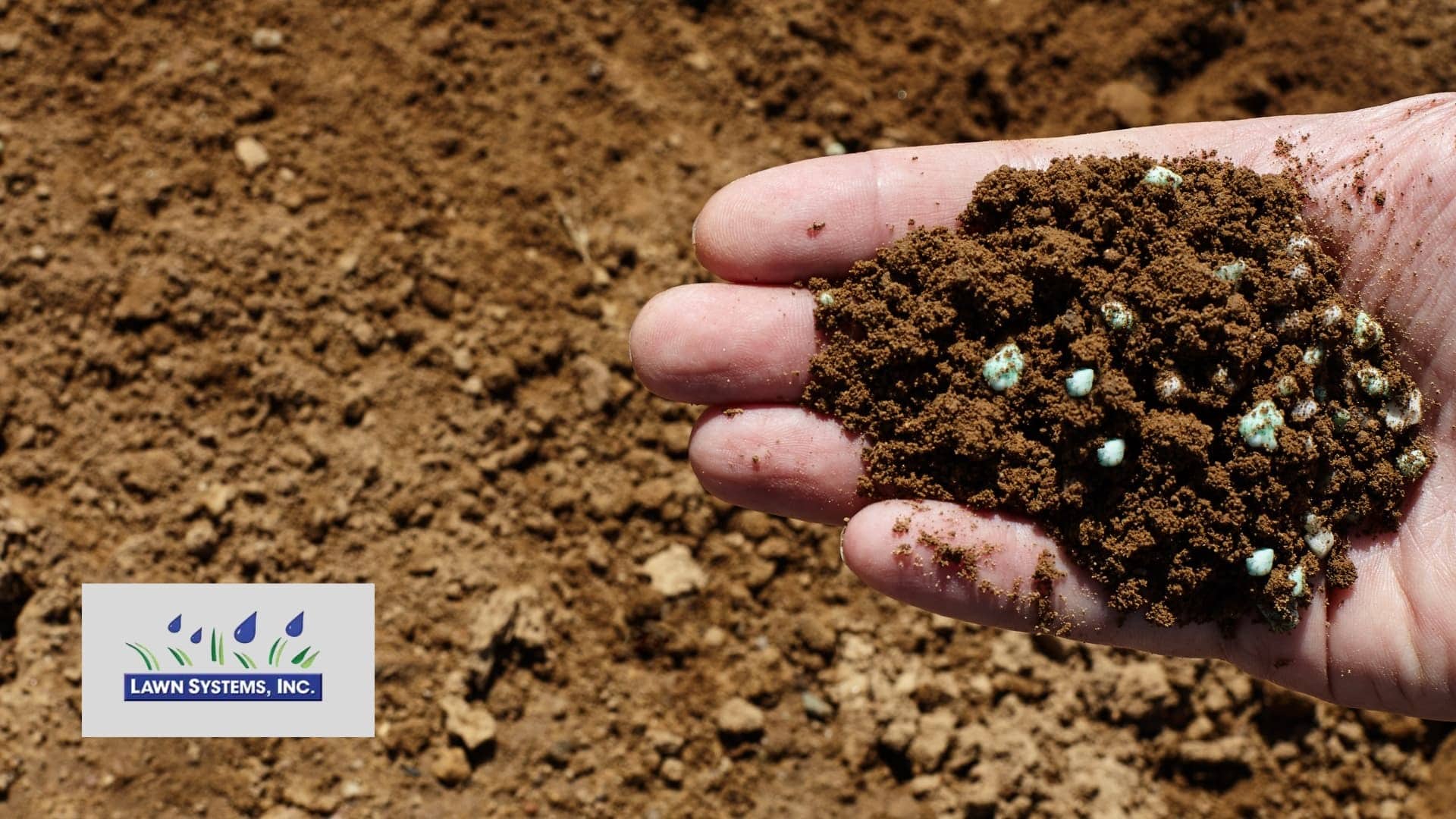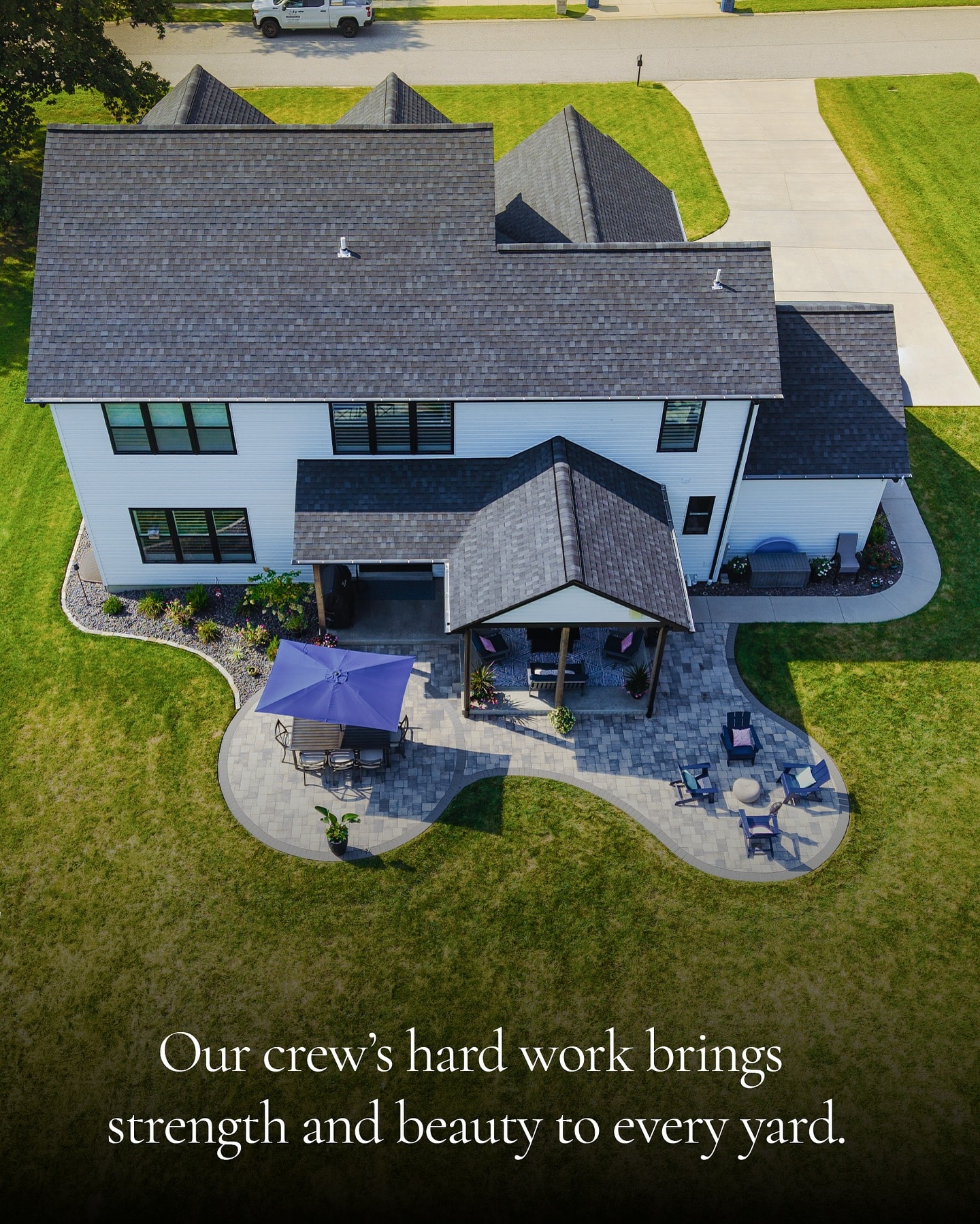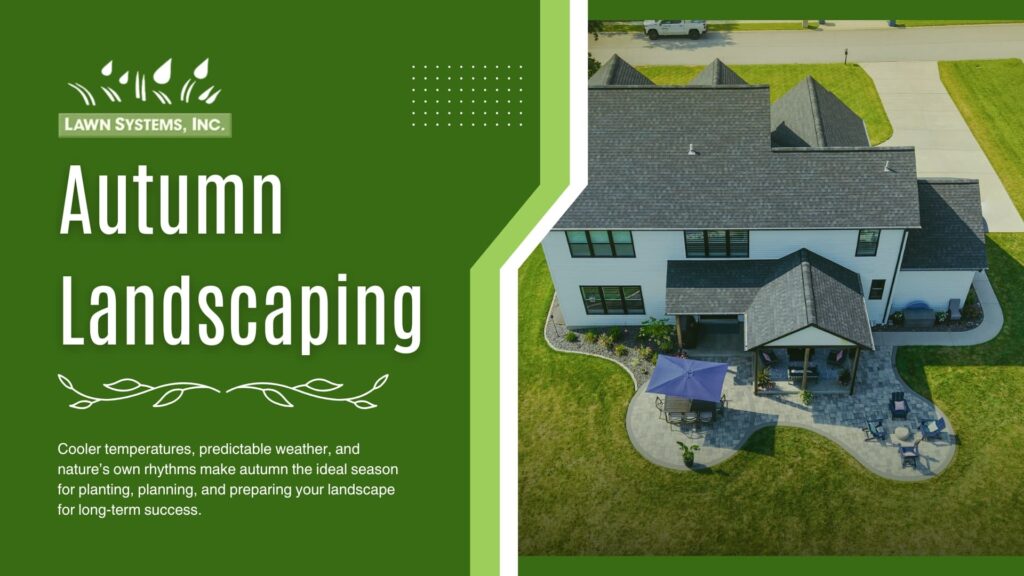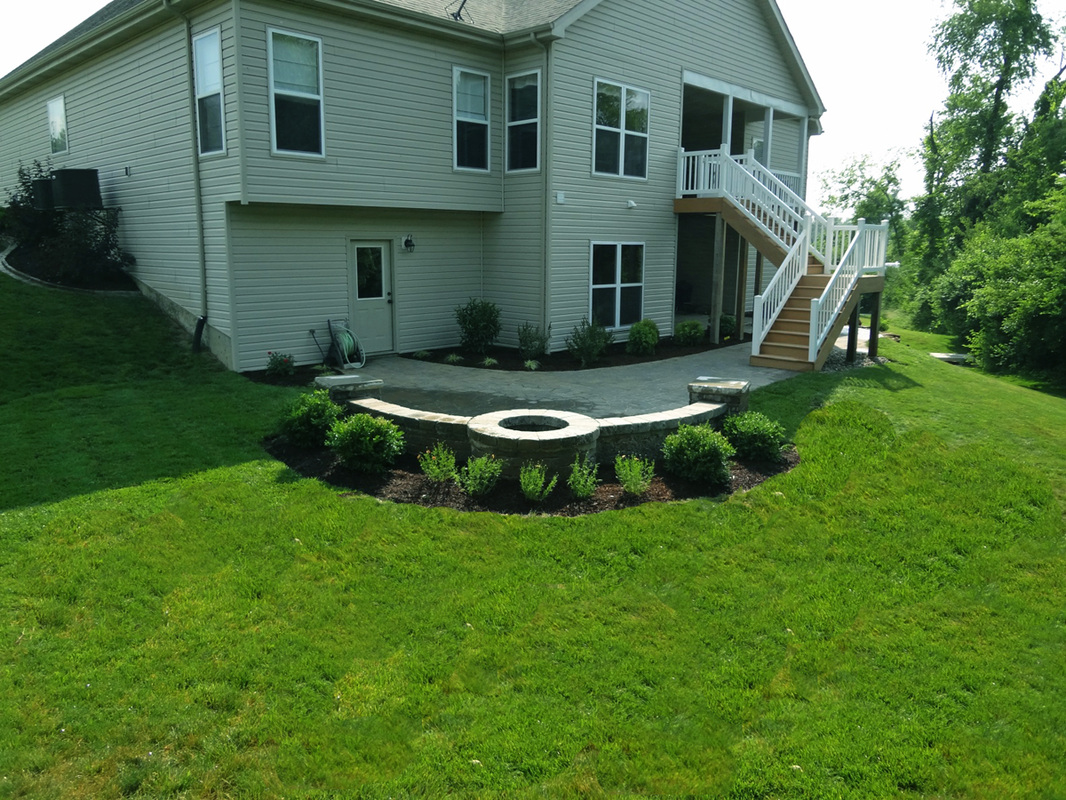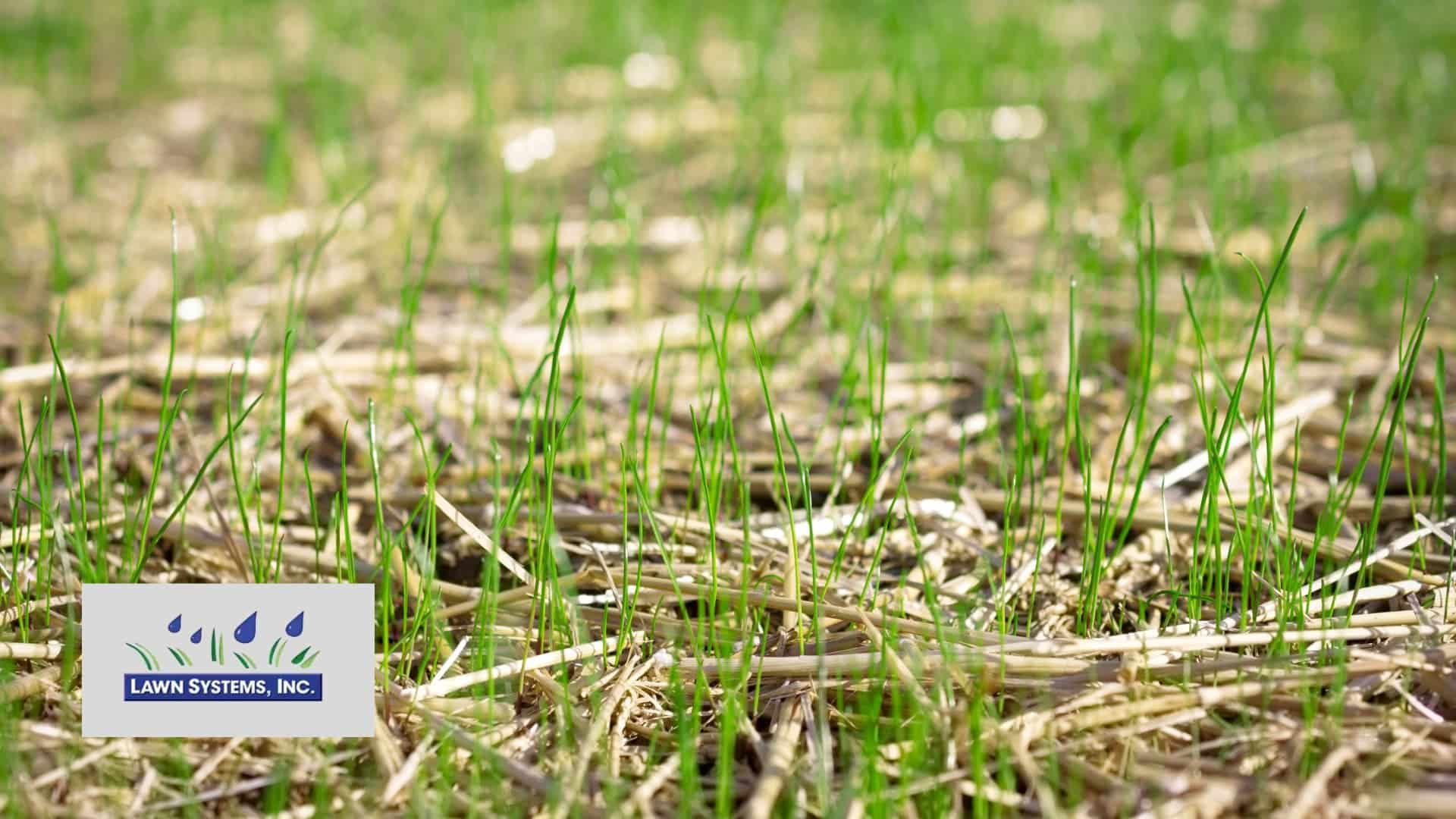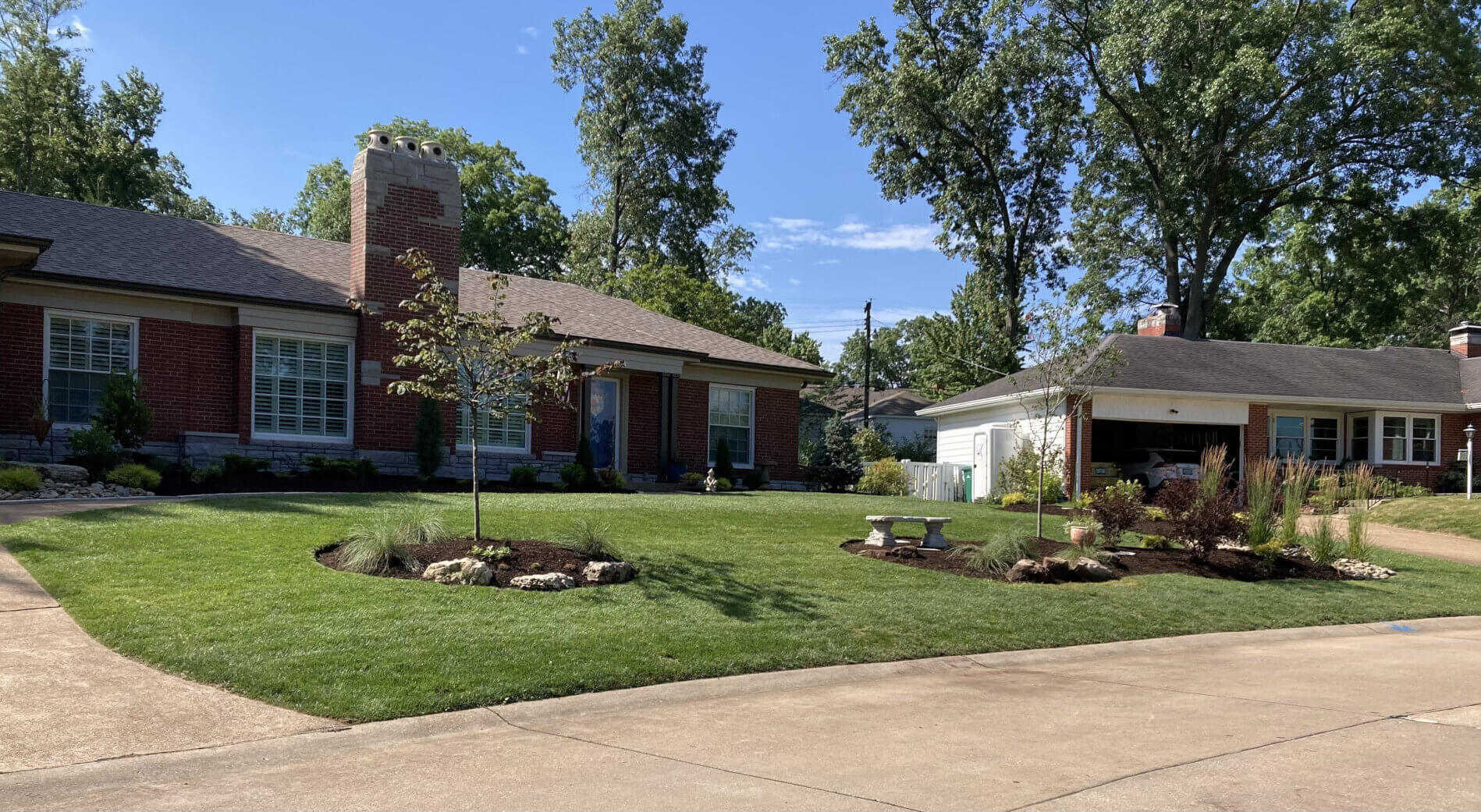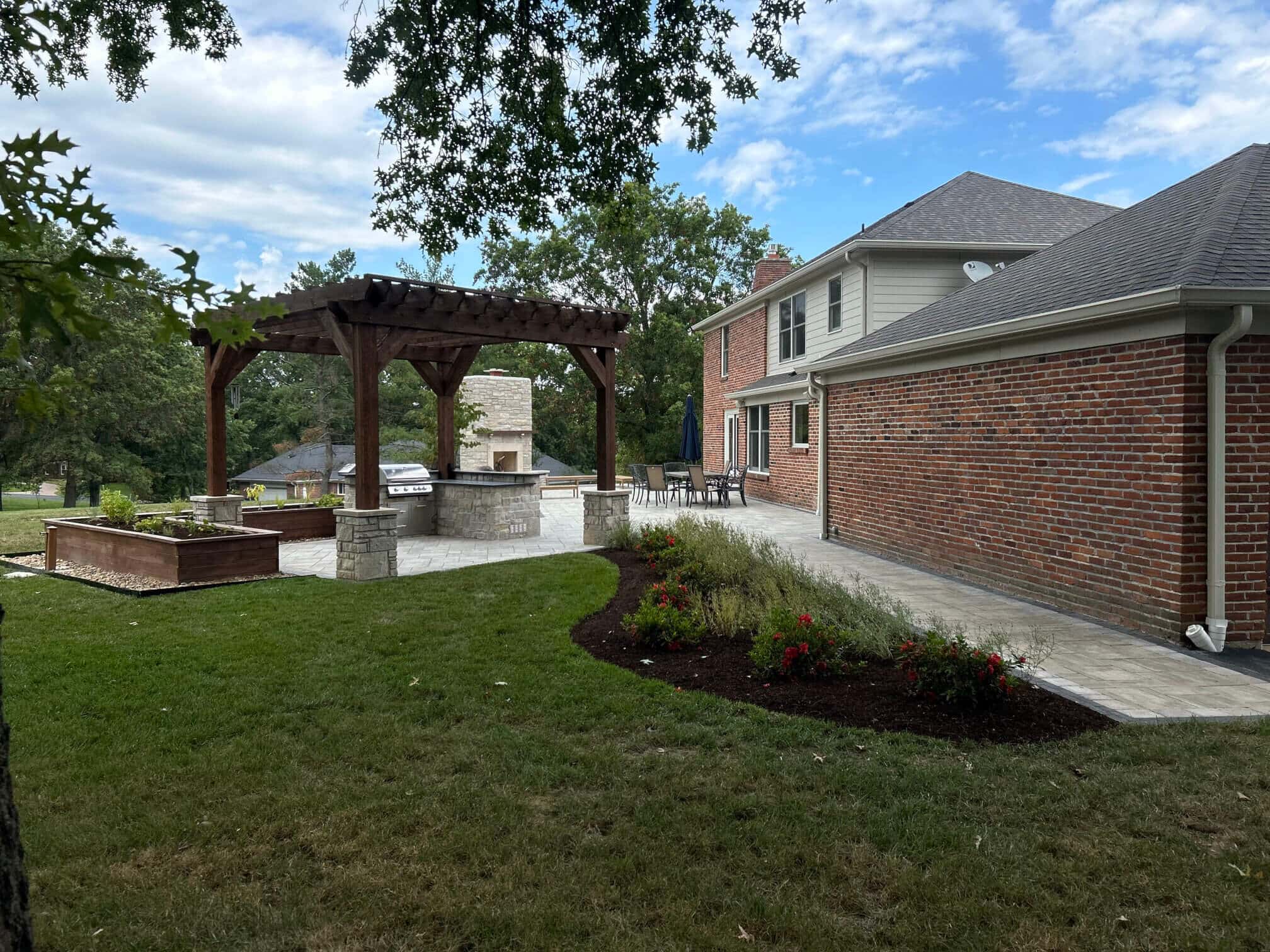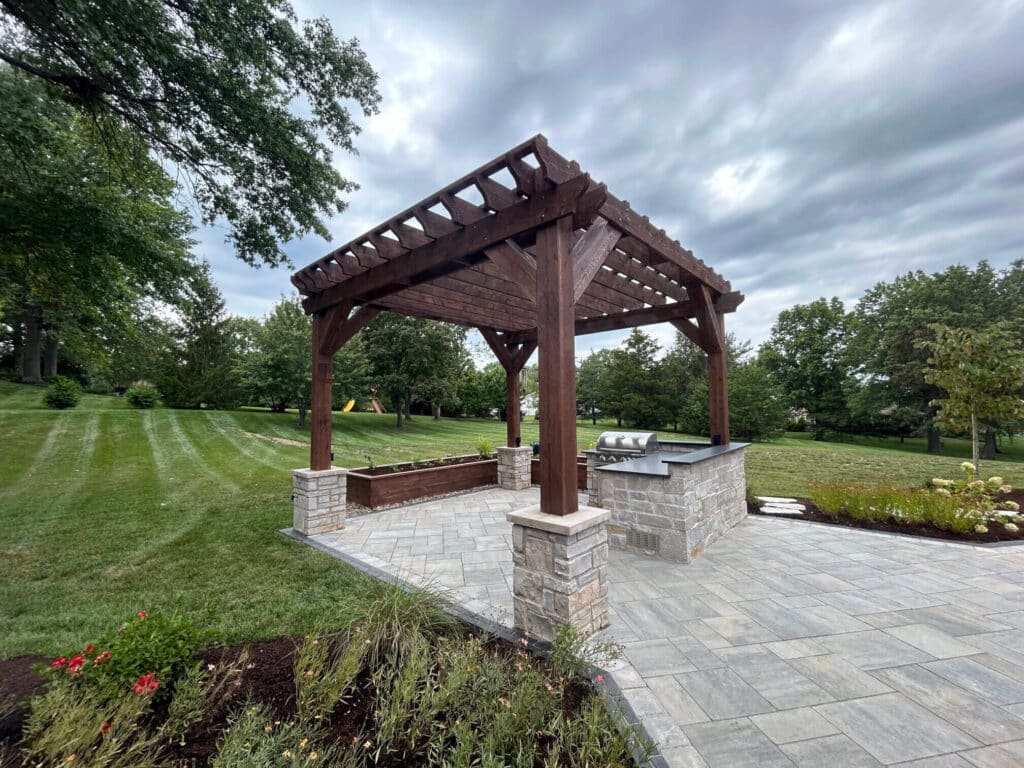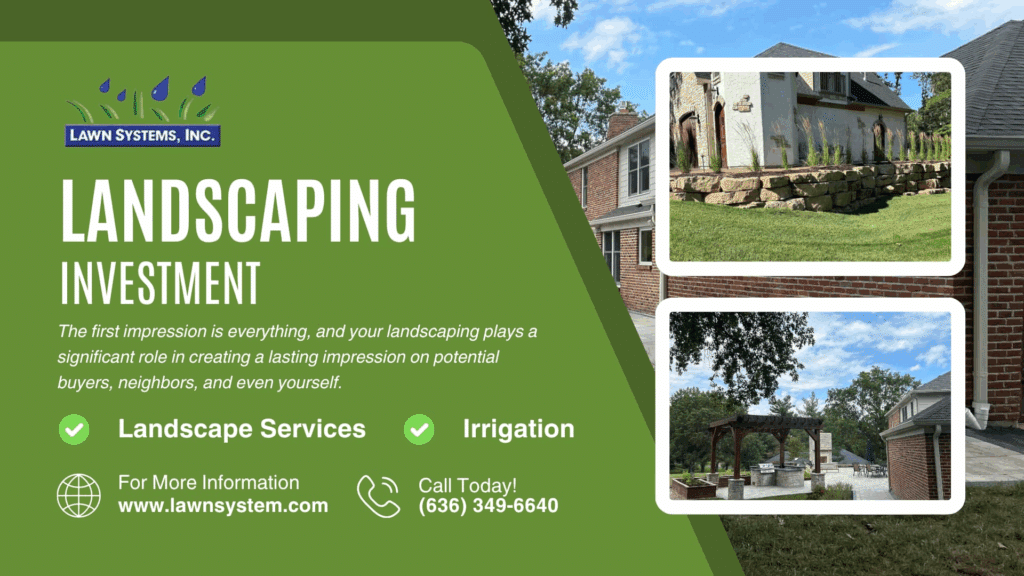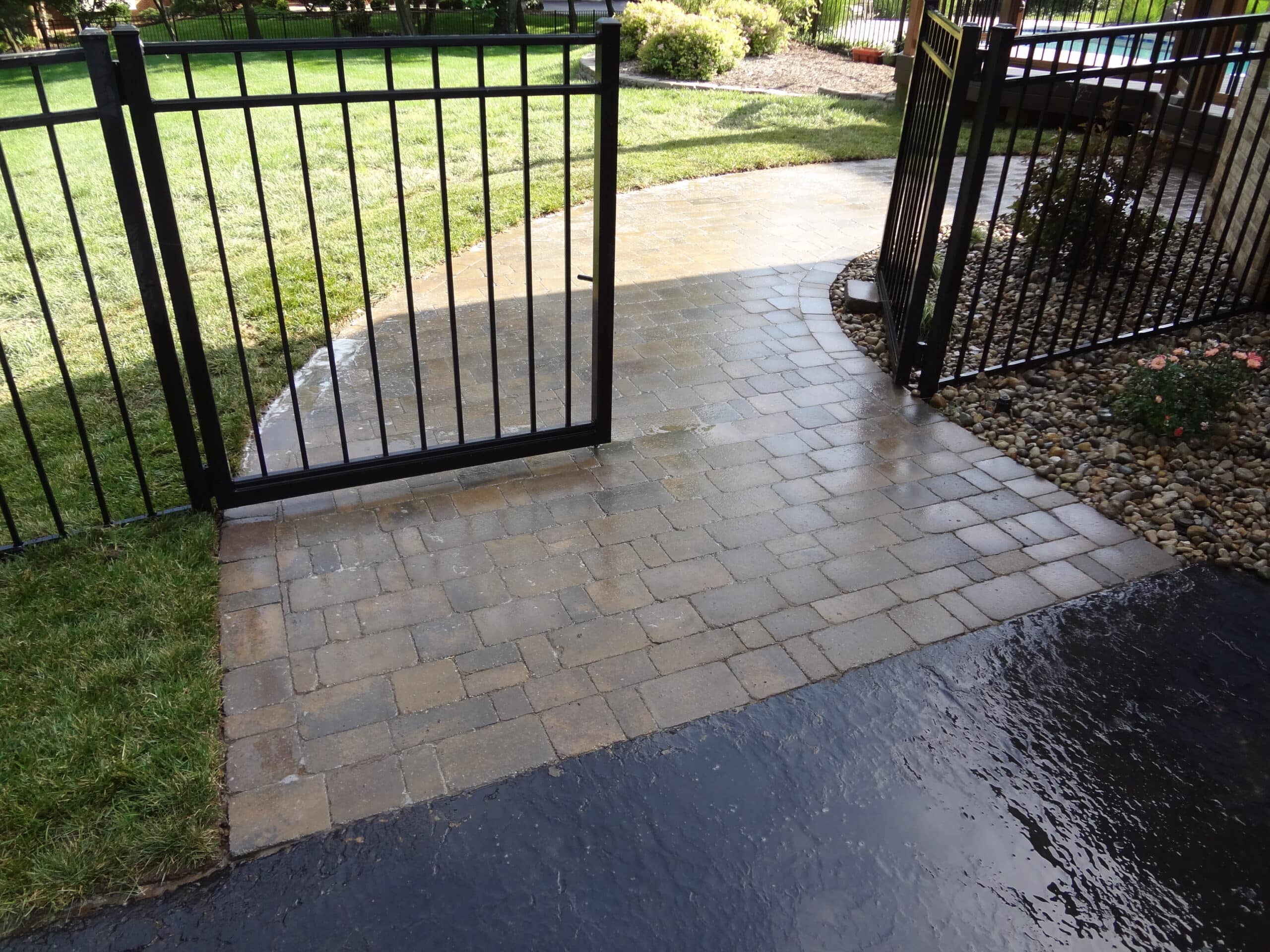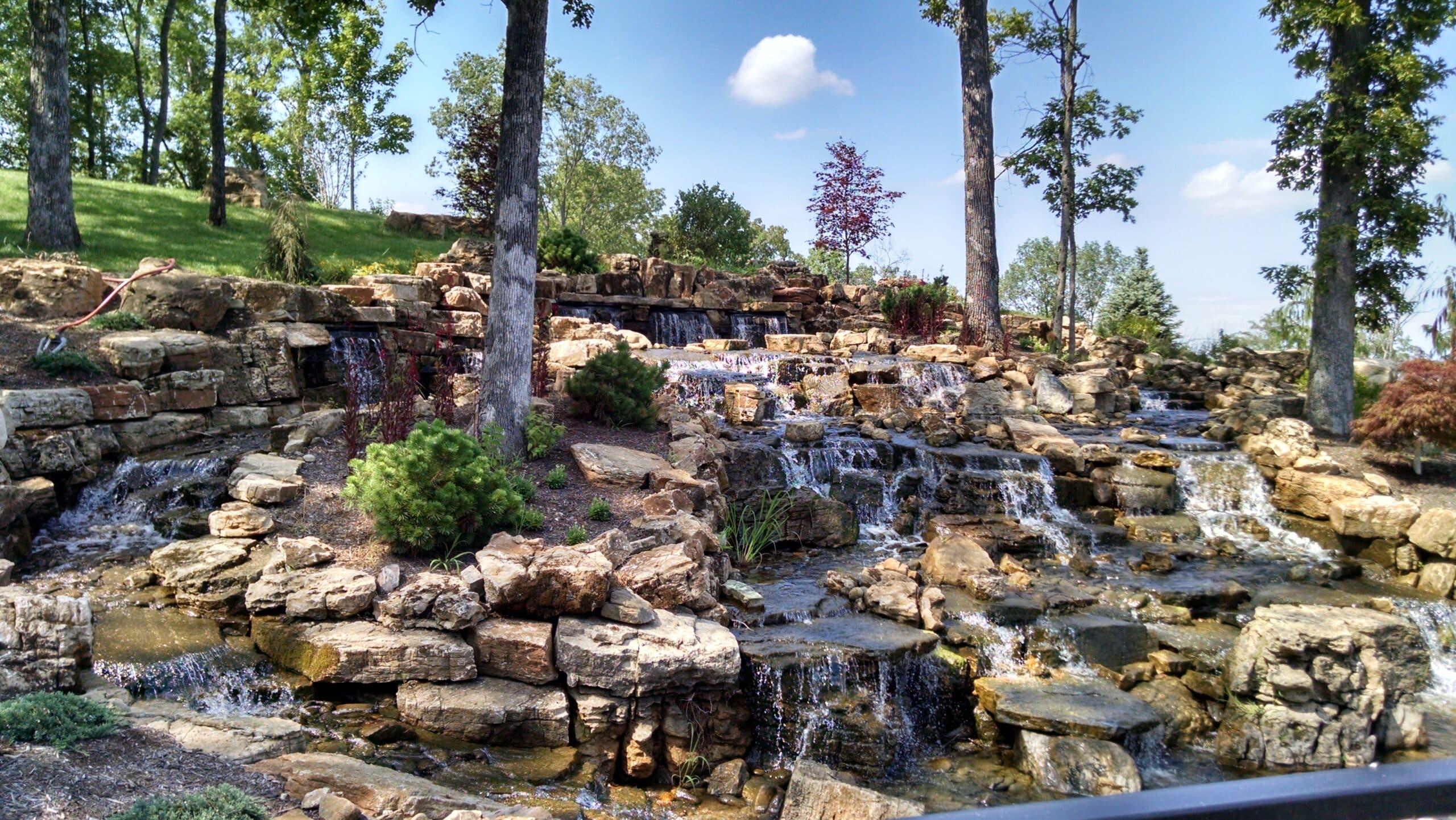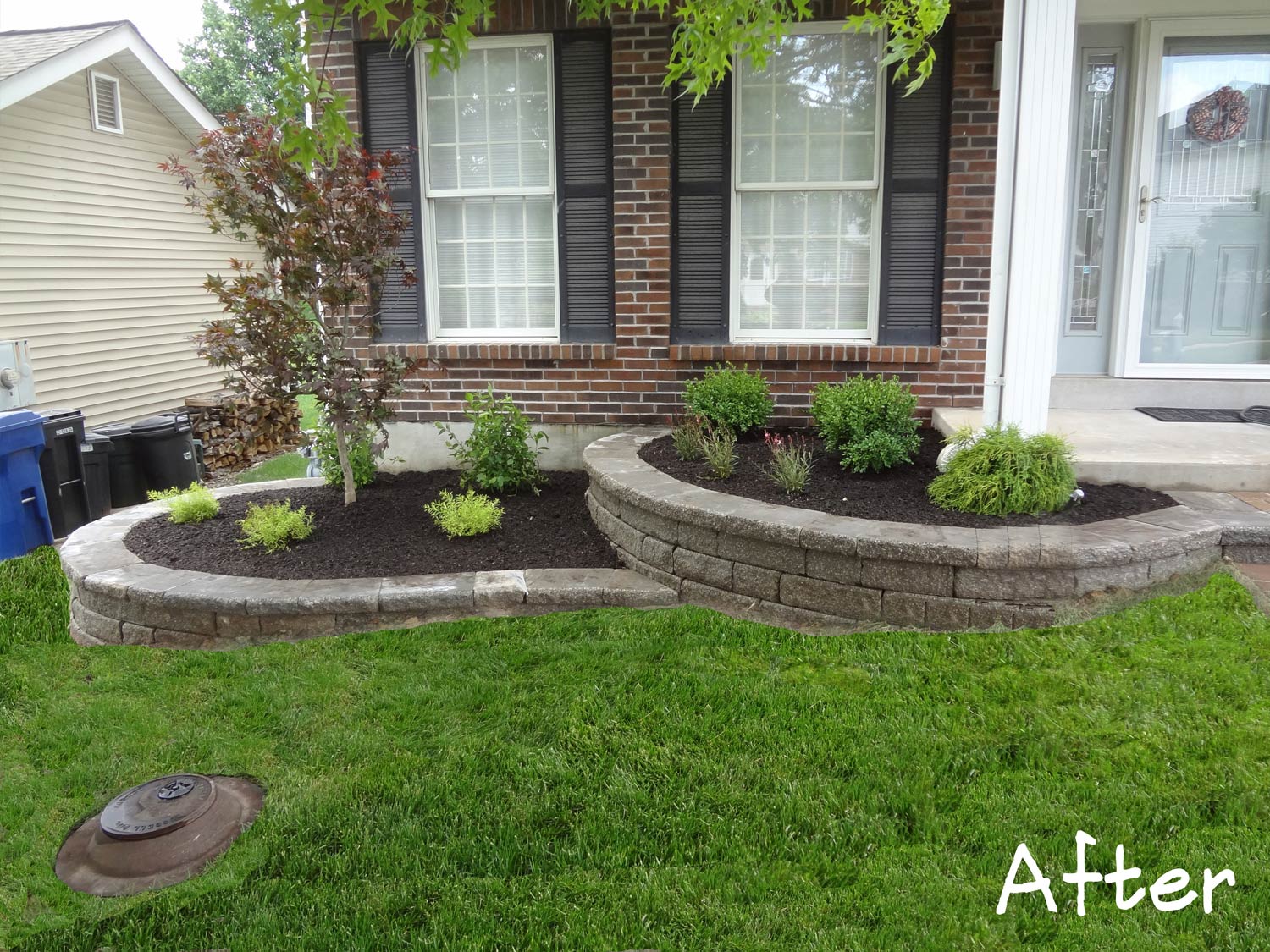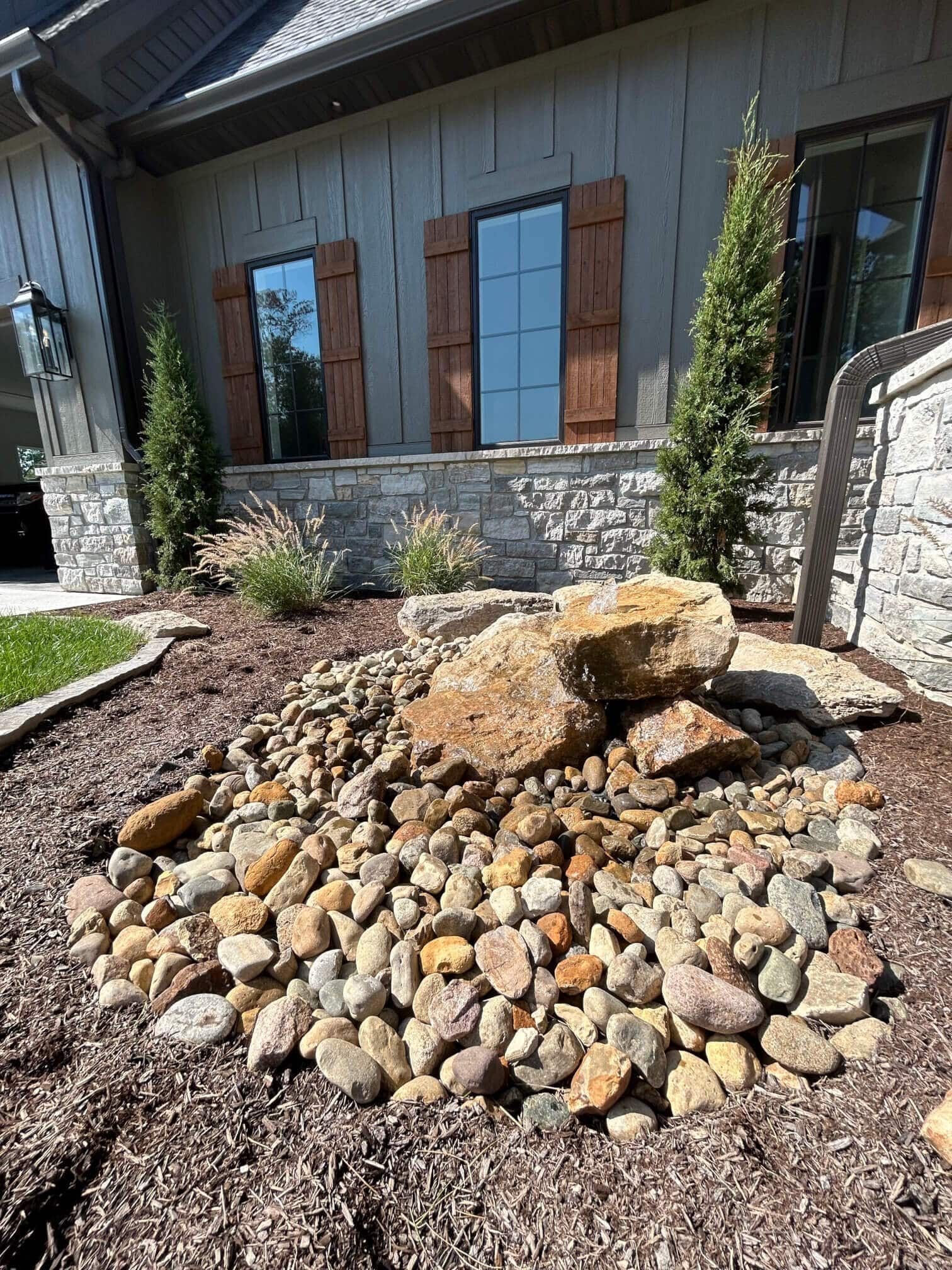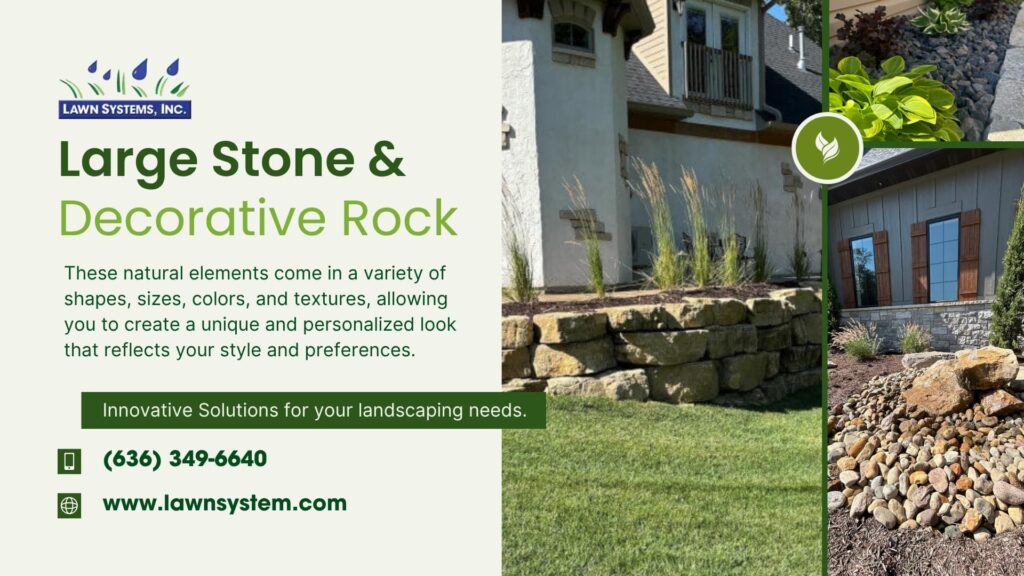Fertilizers help you grow a lush, green lawn that enhances curb appeal and boosts your property’s value. But keeping that lawn healthy takes time and knowledge — especially when life gets busy. That’s why many homeowners choose a professional fertilization program for convenience, expertise, and consistent results.
The Importance of Lawn Fertilization
Fertilizing is essential for long-term lawn health. Fertilizers deliver the nutrients grass needs to grow strong, thick, and vibrant. A well-fed lawn stands up better to heat, drought, and pests, reducing the need for extra watering or treatments. The result is healthier turf that looks great year-round.
The Challenges of DIY Fertilizers
Fertilizing your own lawn may sound simple, but it’s easy to get wrong. You need the right product, the right timing, and even coverage. Too much fertilizer can burn grass or harm the environment; too little can leave your lawn patchy and weak. Lawn Systems, Inc. has years of experience working with all soil types and knows exactly what your lawn needs — safely and effectively.
The Convenience of a Professional Lawn Fertilization Program
Hiring professionals saves time and ensures great results. Here’s why homeowners across the St. Louis area trust Lawn Systems, Inc. for their fertilization needs:
- Customized Solutions: We evaluate your soil type, grass variety, climate, and pest history to create a personalized fertilization plan that fits your lawn perfectly.
- Expertise and Experience: Our team stays current with the latest products, timing, and techniques to ensure your lawn receives the right care at every stage of growth.
- Time-Saving Convenience: Forget buying, storing, and spreading fertilizer yourself — we handle everything so you can spend your time elsewhere.
- Reliable Scheduling: We plan treatments around the ideal times of year for your grass type and local conditions, ensuring steady, healthy growth.
- Professional Equipment: Our specialized tools and materials deliver even coverage and precise nutrient delivery for best results.
- Proactive Lawn Analysis: We monitor your lawn’s health throughout the season and make adjustments before small issues become major problems.
The Benefits of a Professional Fertilization Program
Beyond saving you time and effort, a professional program gives your lawn lasting benefits:
- Thicker, Greener Growth: A properly fertilized lawn develops deep color, dense coverage, and a uniform look that stands out in your neighborhood.
- Stronger, Healthier Turf: Consistent nutrition helps your grass resist disease, pests, and stress from heat or foot traffic.
- Higher Property Value: A beautiful lawn improves curb appeal and can increase your home’s resale value.
- Lower Maintenance Needs: Healthier grass means less mowing, watering, and pest control throughout the year.
- Environmental Benefits: Balanced, professional fertilization supports a healthy soil ecosystem and reduces reliance on harsh chemicals.
A professional fertilization program is a smart, eco-friendly way to maintain a thriving lawn. By partnering with Lawn Systems, Inc., you’ll enjoy a greener, stronger lawn — without the hassle of DIY maintenance. Our custom solutions and expert care make it easy to protect your investment and enjoy your outdoor space year-round.
At Lawn Systems, Inc., we offer complete fertilization services tailored to your property’s needs. Call us today to schedule your fertilization visits and keep your lawn healthy, vibrant, and beautiful!
Remember to explore our full range of professional lawn and landscape services designed to make your property shine — and stay low-maintenance. We offer Sprinkler Systems, Landscaping, Lighting, Water Drainage Solutions, Outdoor Living Concepts, Water Features, and Fertilization. See our gallery for inspiration and learn more on our blog.
We proudly serve the St. Louis community and nearby areas including Ballwin, Clayton, Fenton, Chesterfield, Ladue, Kirkwood, St. Charles, Lake St. Louis, and Webster Groves. Contact us today for professional lawn care you can trust!
Fertilizer and Fertilization FAQs
How often should my lawn we apply fertilizers?
Most St. Louis lawns do best with several light applications across the growing season. We tailor the schedule to your grass type and soil.
Is professional fertilization safer than DIY?
Yes. Proper product choice and precise application reduce risks of burn and runoff while giving grass the nutrients it needs.
When will I see results?
You’ll typically notice richer color within a few weeks after applying fertilizers, with density and uniformity improving over subsequent treatments.

